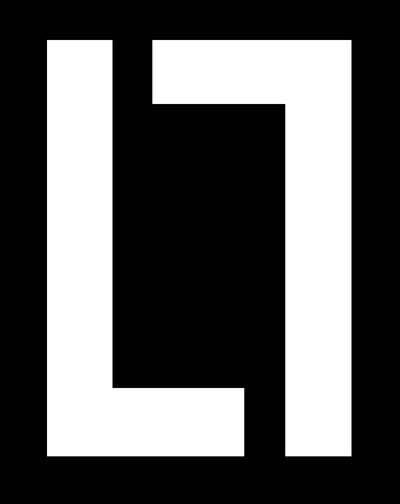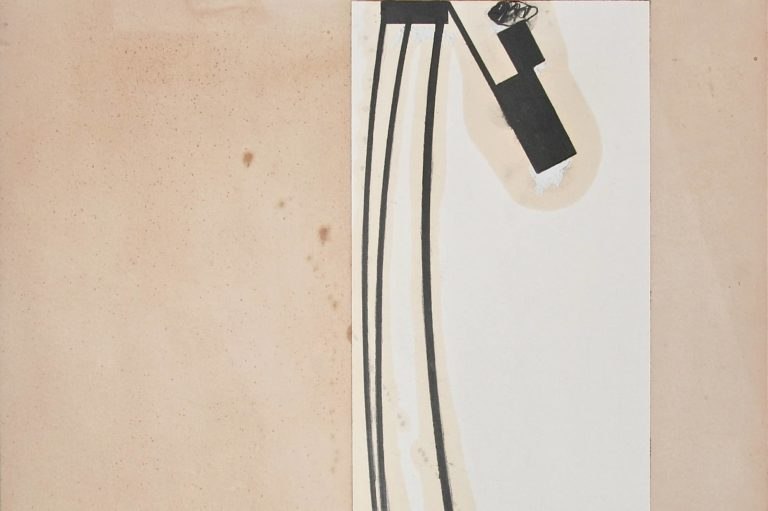PAUL GEES | OVERVIEW
A cura di
Partecipa
Fino a
PAUL GEES | OVERVIEW
Comunicato
PAUL GEES | OVERVIEW
OPENING EXHIBITION HOURS
Wednesday, 15 May, 7 - 9pm
16 May - 15 September 2019
Tuesday / Saturday, 12 - 7 pm or by appointment
Stepping into Paul Gees’ world is smooth and natural because the elements that constitute it are com- mon to many artistic currents that interest most of us. The wood from certain works of Arte Povera, thestones of Land Art, and the geometric metal of minimalist icons finally seemed to have come together ina compositional and literal balancing act that turned out to have an unexpected lightness and a subtle, almost unexpected, sense of humour.
Paul Gees’s sculptures are in equilibrium. They are made of unpolished stones that stabilise and bal- ance what the artist has fashioned from metal and wood. It is as if nature were steadying the work of man, as if these stones gathered from the River Scheldt provided the tension, strength, and counter- weight needed to achieve a state of peace.
Geometric shapes and clean edges make room for the flaws that water and weather have left on theserocks; they become an integral part of the composition, even if they are only propped or wedged so that they can easily be removed, as if out of respect, as if to create a sense of risk that makes some perfectly stable works seem precarious. The curved slats supporting stones of different weights in 5 Horizon- talen seem like they might give way at any moment, and the pieces of wood in Verticaal tot Klem look like they’re about to slip and fall. But of course all of this has been carefully calculated to stay in place, creating a slight sense of awe that turns into a sweet, simple form of poetry.
The sculptures interact with the space they are in and often adapt to it. They make elements of a galleryseem fragile, by echoing them, or fill a stairwell with elements one would not normally expect to find ina vertical installation. They force visitors to walk under a beam whose curve holds a heavy stone, or lean precariously against the wall, making viewers wonder what would happen if they fell. And Paul, genialjester that he is, is definitely smiling to himself.
Even when he is not shaping matter, his approach is still that of a sculptor: some of his photographs document sculptures or actions involving natural elements, that form lines or patterns, like a series of branches, stripped of their bark, that create an unexpected alignment with the dark background. Hisdrawings are often ideas for installations, and he adds light and depth to his sketches using reflectivematerials such as bronze. When he is not making marks on a sheet of paper, he moves into the third dimension by rolling it up, playing around with variations or shifting tension from the sides to the centre just by moving a pair of stones. Another simple, immediate, instinctive gesture.
LOOM GALLERY
VIA MARSALA, 7 20121 MILANO IT +39 02 8706 4323 ASK@LOOMGALLERY.COM WWW.LOOMGALLERY.COM
PAUL GEES | OVERVIEW
INAUGURAZIONE MOSTRA
ORARI
Mercoledì 15 Maggio, 19 - 21
16 Maggio - 15 Settembre 2019
Martedì / Sabato, 12 - 19 o su appuntamento
Entrare nel mondo di Paul Gees è immediato perché gli elementi che lo costituiscono sono comuni a tante correnti artistiche che interessano la maggior parte di noi. Il legno di certi lavori d’arte povera, lepietre della land art, il ferro geometrico di certe icone minimali sembrano finalmente mescolati in unequilibrio compositivo e letterale che risulta avere un’inaspettata leggerezza e un sottile, quanto impre- visto, sense of humour.
Le sue sculture sono costituite da pietre non lavorate che sistemano e bilanciano il lavoro dell’artista, intervenuto su ferro e legno. E’ come se la natura regolasse l’operato dell’uomo, come se quelle pietreraccolte nel fiume Scheldt servissero a creare la tensione, la forza e il contrappeso per ottenere lo statodi quiete.
Le geometrie e i tagli netti lasciano spazio alle imperfezioni che l’acqua e le intemperie hanno impresso in quelle rocce; divengono parte integrante delle composizioni anche se solo appoggiate o incastrate, in modo da poter essere sempre rimosse, come per rispetto, come per creare una sensazione di poten- ziale pericolo da far sembrare incerte opere ben sicure. Così le assi curve atte a sostenere le pietre dai pesi diversi di 5 Horizontalen sembrano poter cedere da un momento all’altro e i legni di Verticaal tot Klem paiono scivolare a terra a breve. Tutto ovviamente è minuziosamente calcolato e resiste, e crea un lieve stupore che presto si trasforma in una semplice e dolce forma di poesia.
Le sculture ben dialogano con lo spazio e spesso vi si adattano. Rendono fragili, copiandoli, elementi strutturali di un’architettura, con componenti normalmente impreviste per la costruzione di installazio- ni verticali. Costringono il visitatore a camminare sotto un trave apparentemente pericolante sulla cui curva sovrasta una pietra pesante, o sembrano pericolosamente appoggiate alle pareti. E Paul, compia- ciuto, certo si diverte, con il suo geniale senso del beffardo.
Quando non lavora la materia l’approccio è comunque da scultore: alcuni lavori fotografici sono docu- mentazioni di sculture o interventi su elementi naturali che creano linee o geometrie, come la serie dei rami scorticati che raggiungono un allineamento imprevisto con lo sfondo scuro. I disegni a loro voltasono spesso idee per installazioni e vengono arricchiti con materiali riflettenti come il bronzo, con loscopo di dar luce e profondità. Quando poi non interviene sul foglio di carta con tracce o disegni, la terza dimensione viene raggiunta facendo arrotolare i fogli, giocando con le varianti o spostando la tensione dai lati al centro con il solo scorrimento di due pietre. Un altro gesto semplice, immediato, istintivo.
- letto 1217 volte

